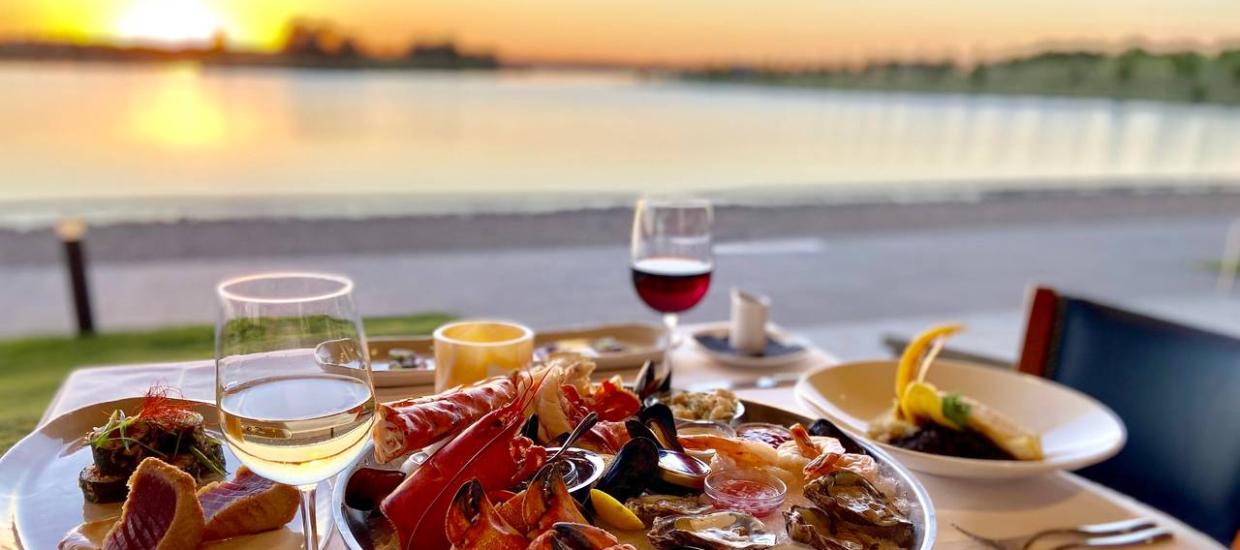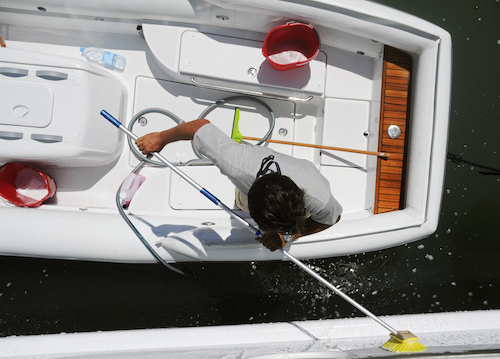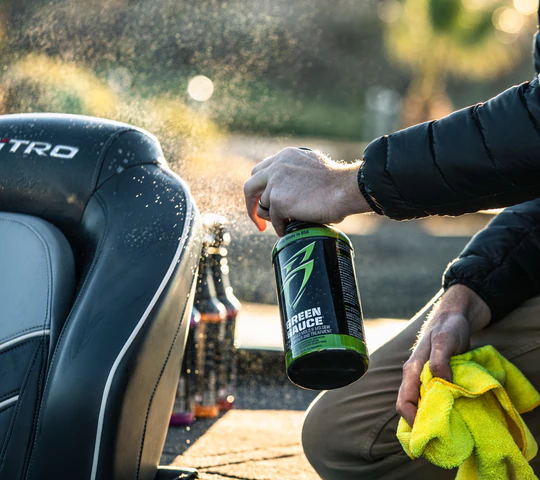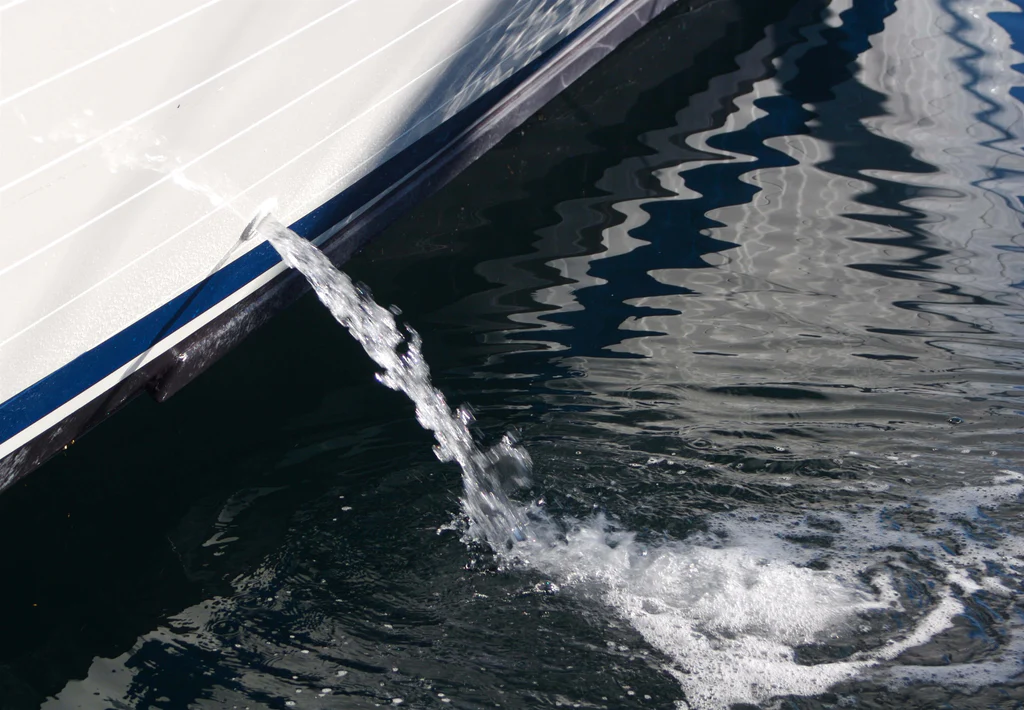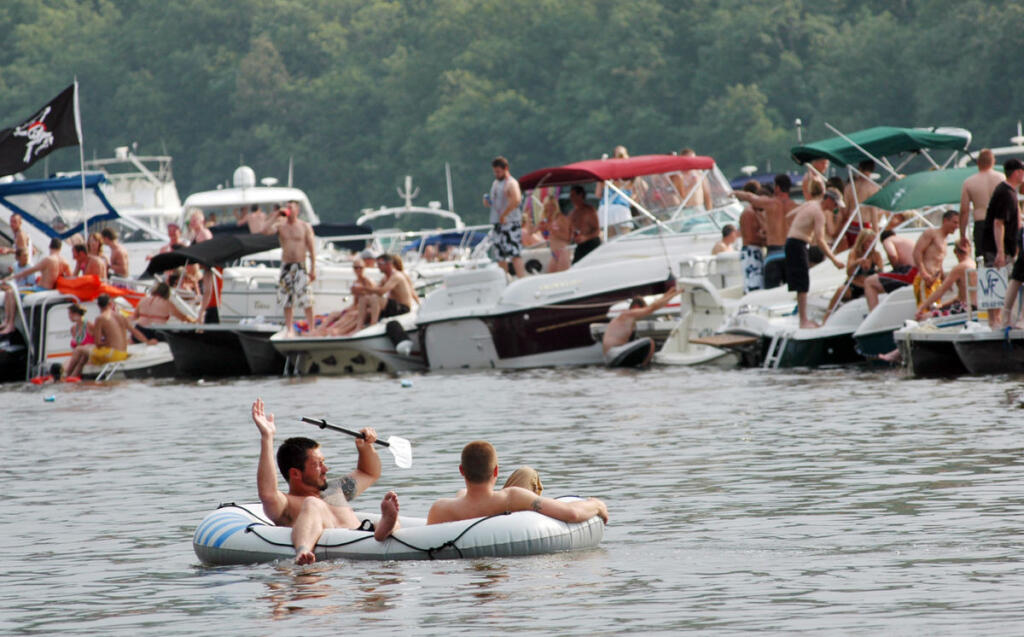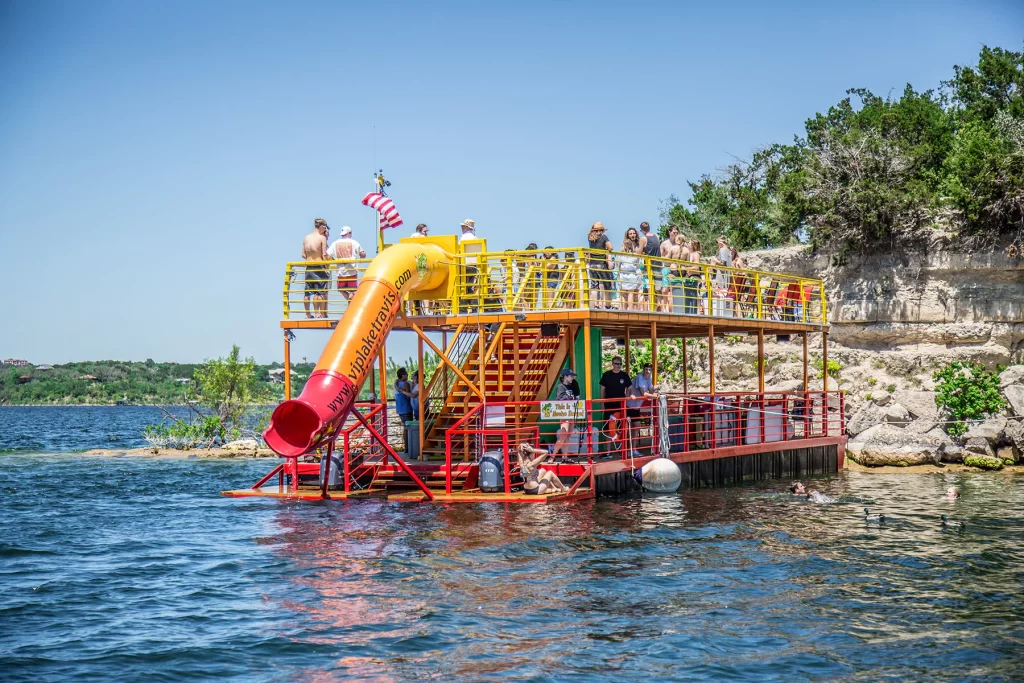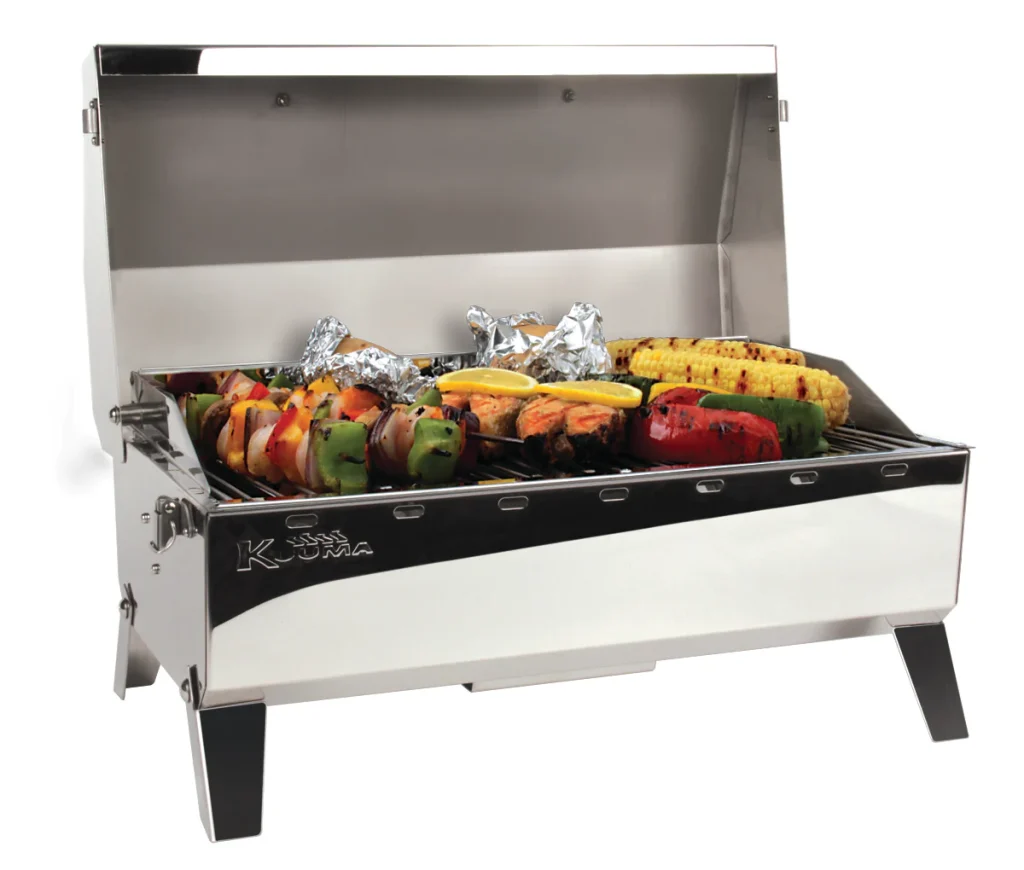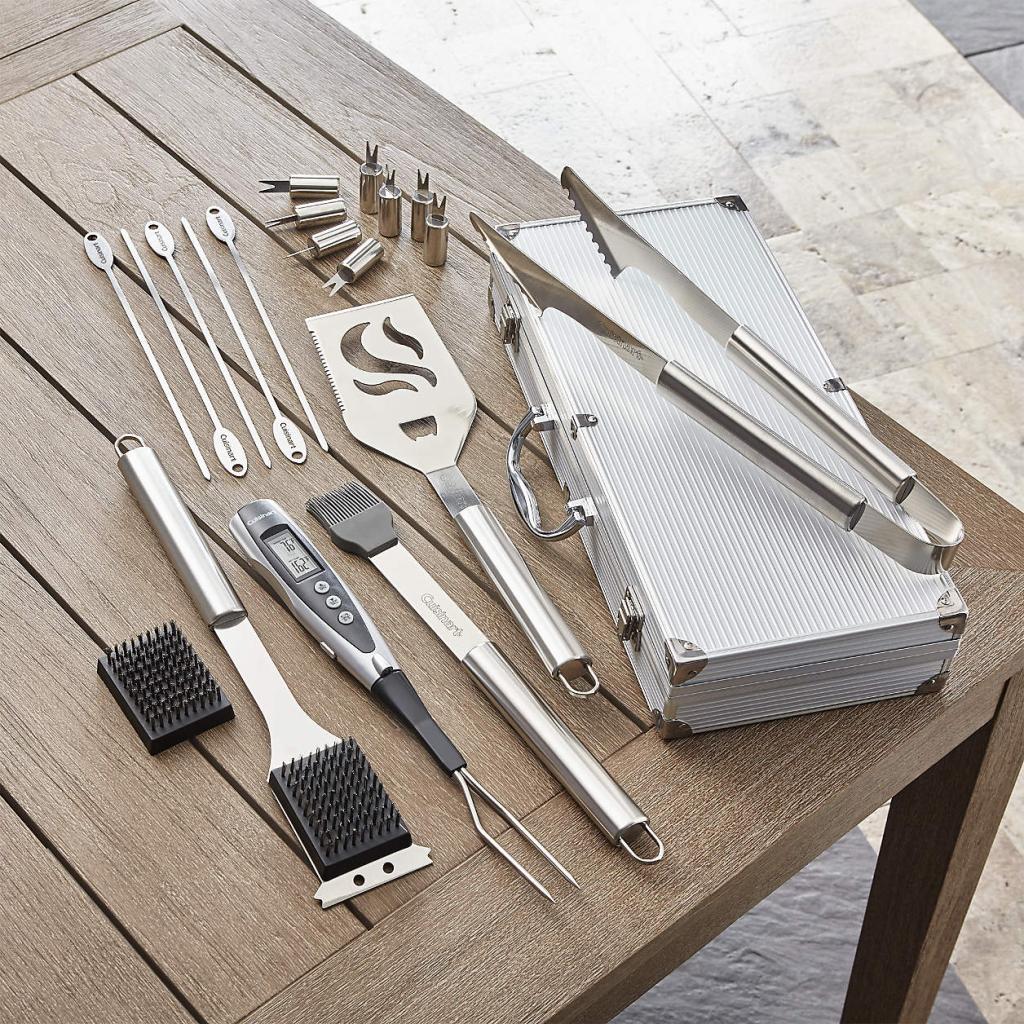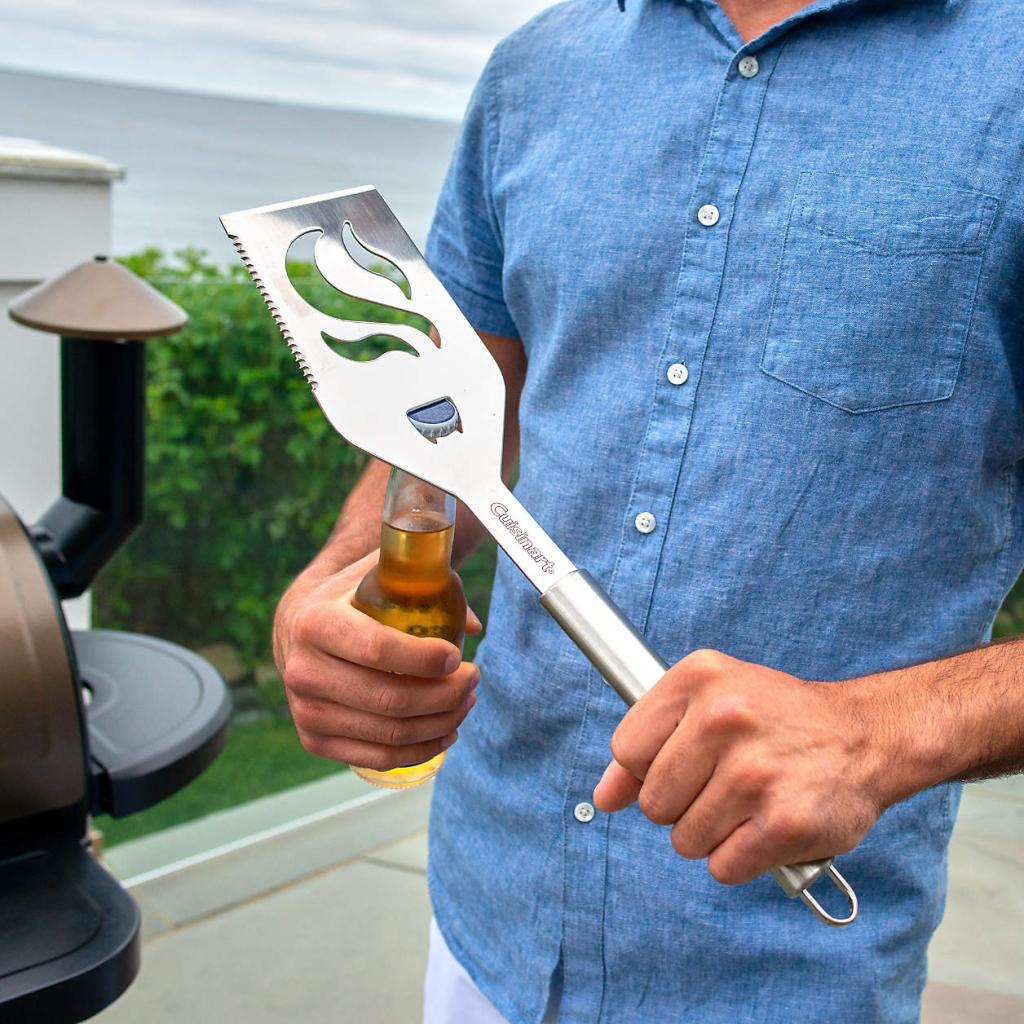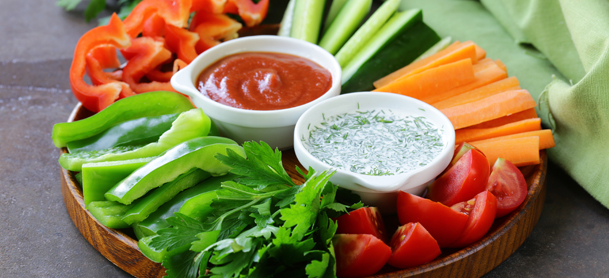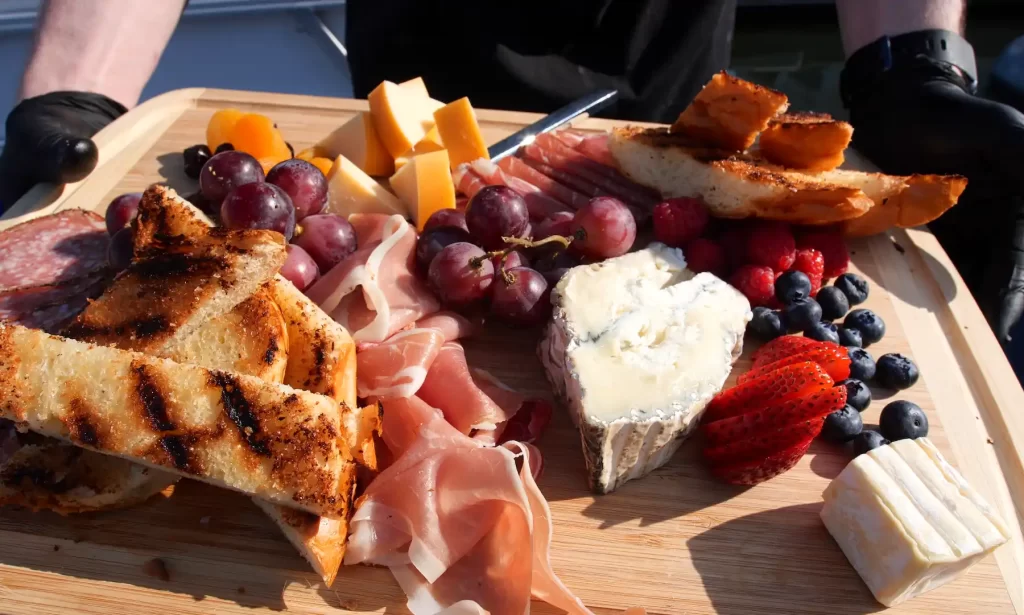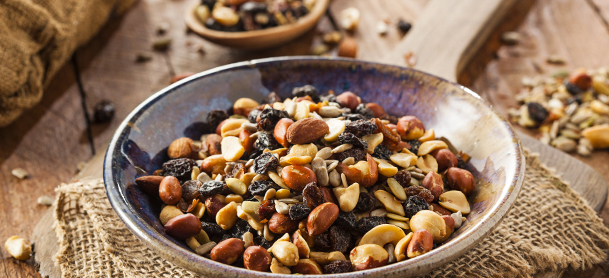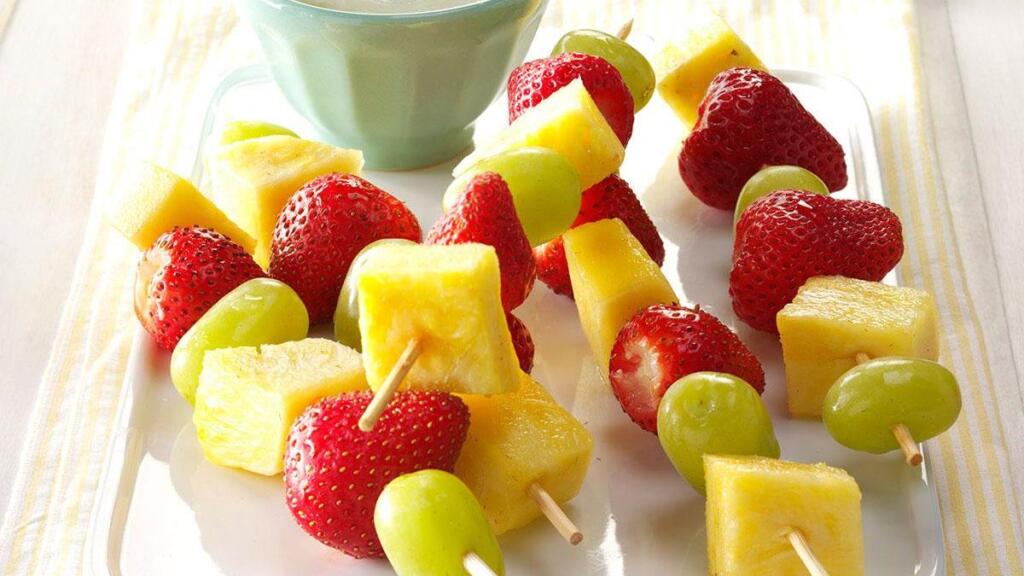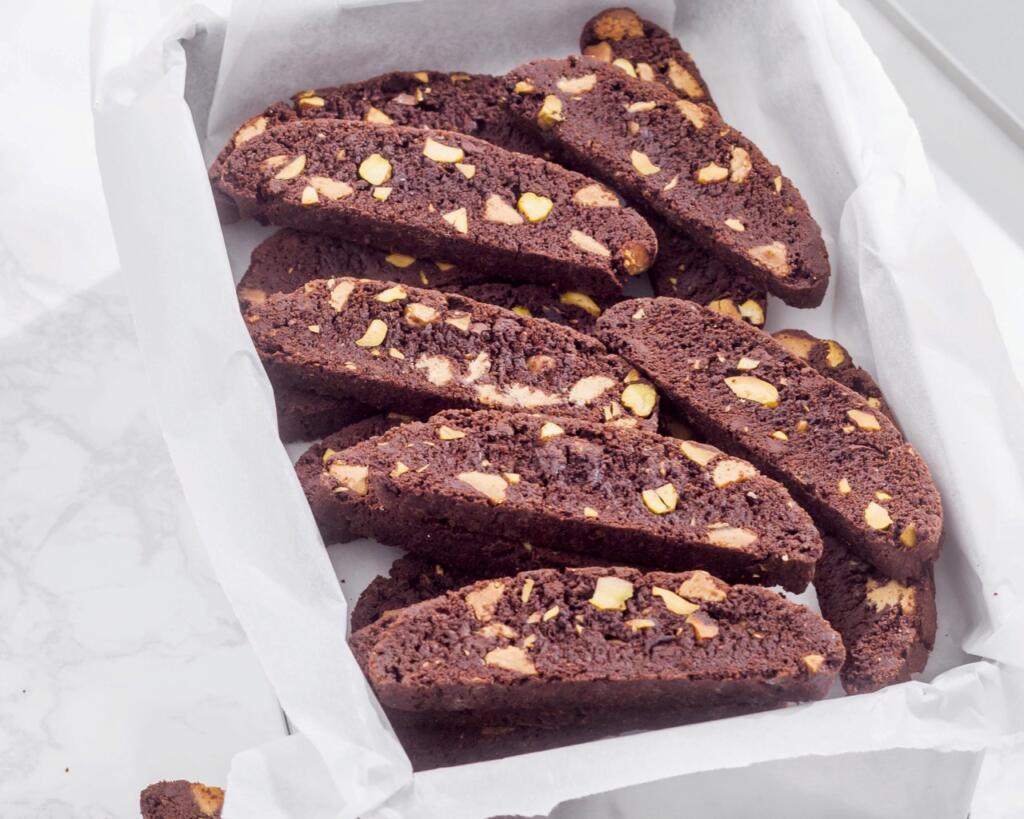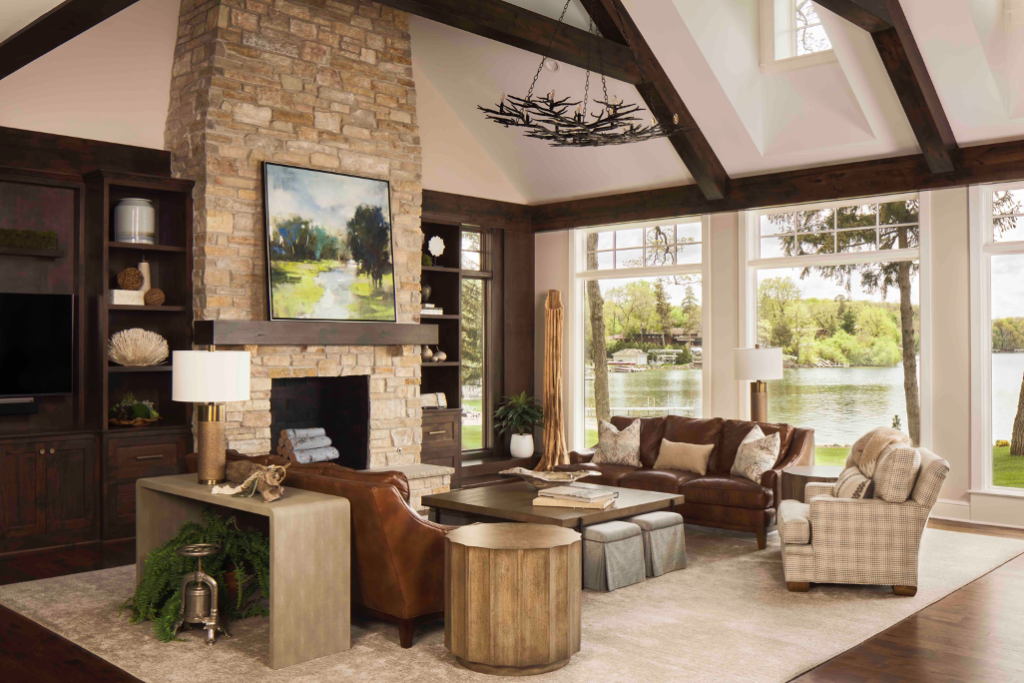
Whether you prefer freshwater fish caught from your own lake or succulent market seafood, there’s no better complement to your fresh catch than the perfect bottle of wine. Like wine and cheese, there are endless options to choose from when selecting the perfect wine pairings for fish and seafood. So, to help you navigate the sea of wine selections, here’s an easy shortlist to guide you. Keep in mind that there are no hard and fast rules, and it’s always adventurous to experiment with different combinations.
Chardonnay, Pinot Gris, & Fumé Blanc
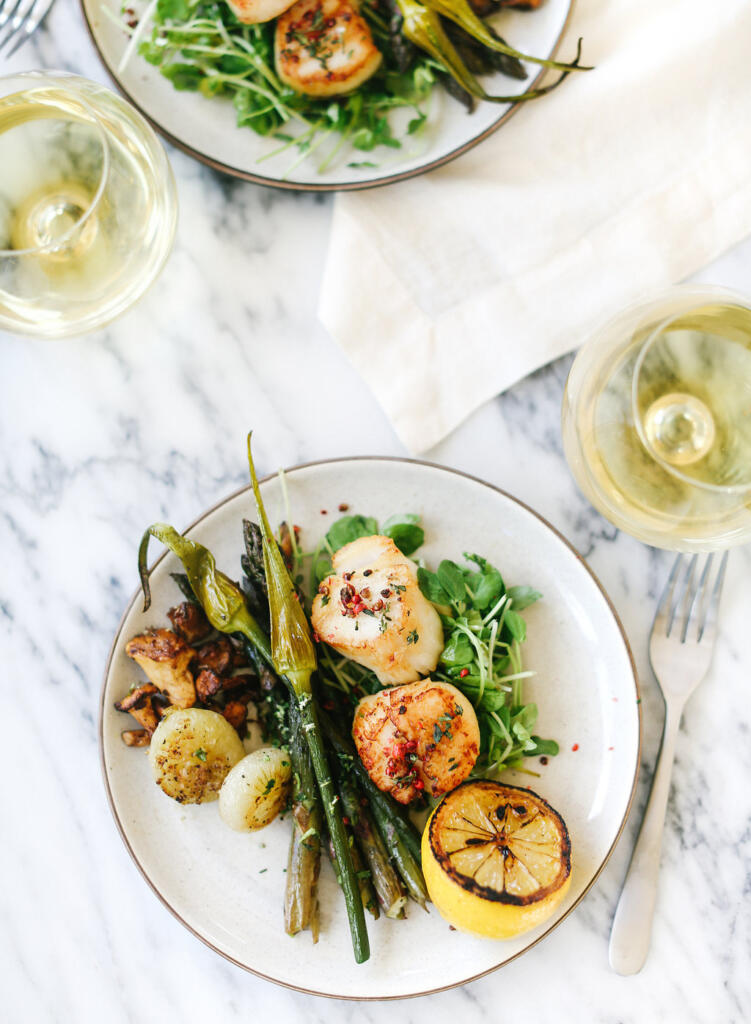
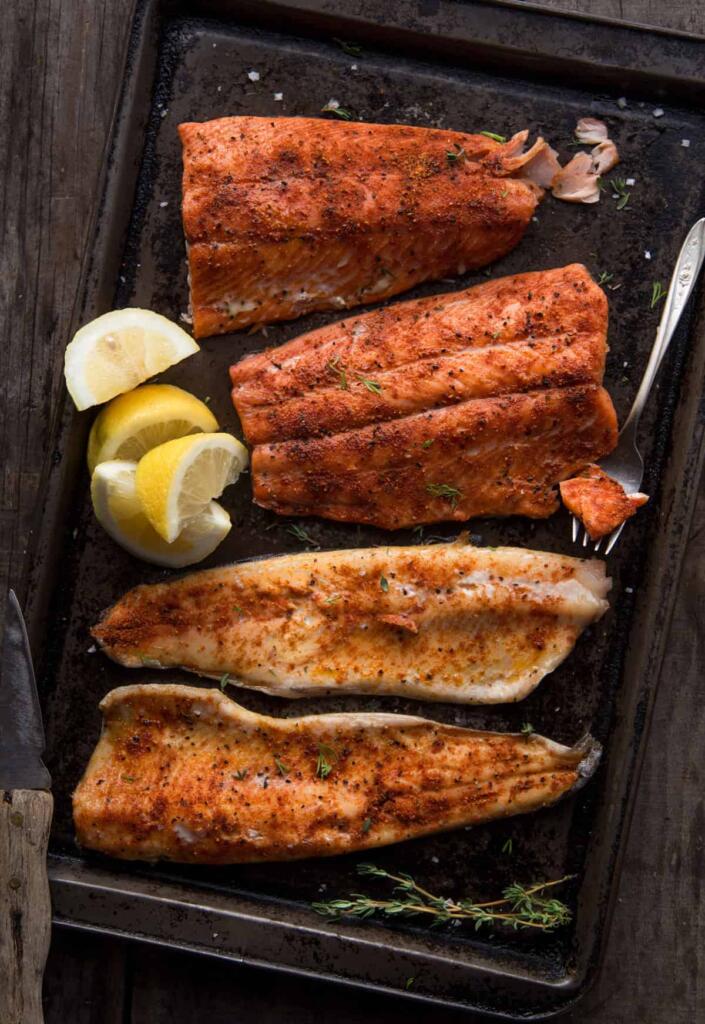
Starting with a summer classic, Chardonnay—along with these other favorite whites—are the go-to wines for a multitude of fish dishes. A fuller-bodied Pinot Gris or Fumé Blanc complements oilier fish like mackerel, salmon, sardines, herring, bluefish, grilled fish, and smoked trout. Yet a rich buttery Chardonnay pairs beautifully with sweet seafood, including lobster, shrimp, crab, scallops, and even raw oysters. Its slightly oaky flavor also balances well with trout, striped bass, and crappie. Chardonnay is known for pairing well with nutty or buttery flavors, and it also tastes delightful with meaty fish like tuna, halibut, and cod. As journalist and Master of Wine Christy Canterbury said in a Kendall-Jackson post, “Chardonnay is the Meryl Streep of white wines . . .a marvelously versatile white grape variety that can play a diverse array of roles very well.”
Pinot Grigio & Sauvignon Blanc
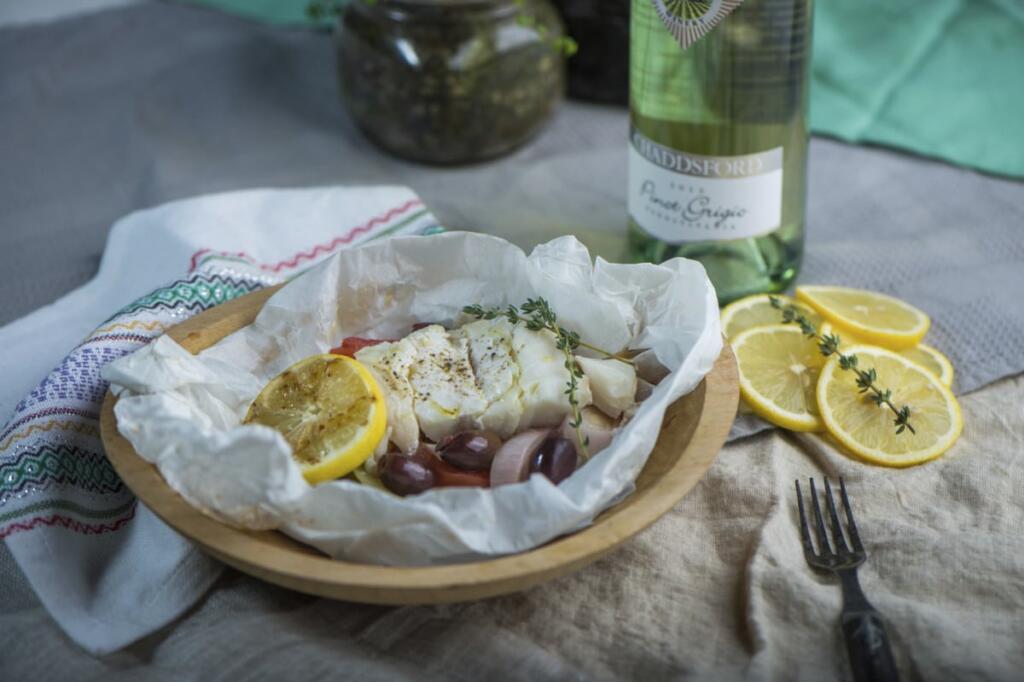
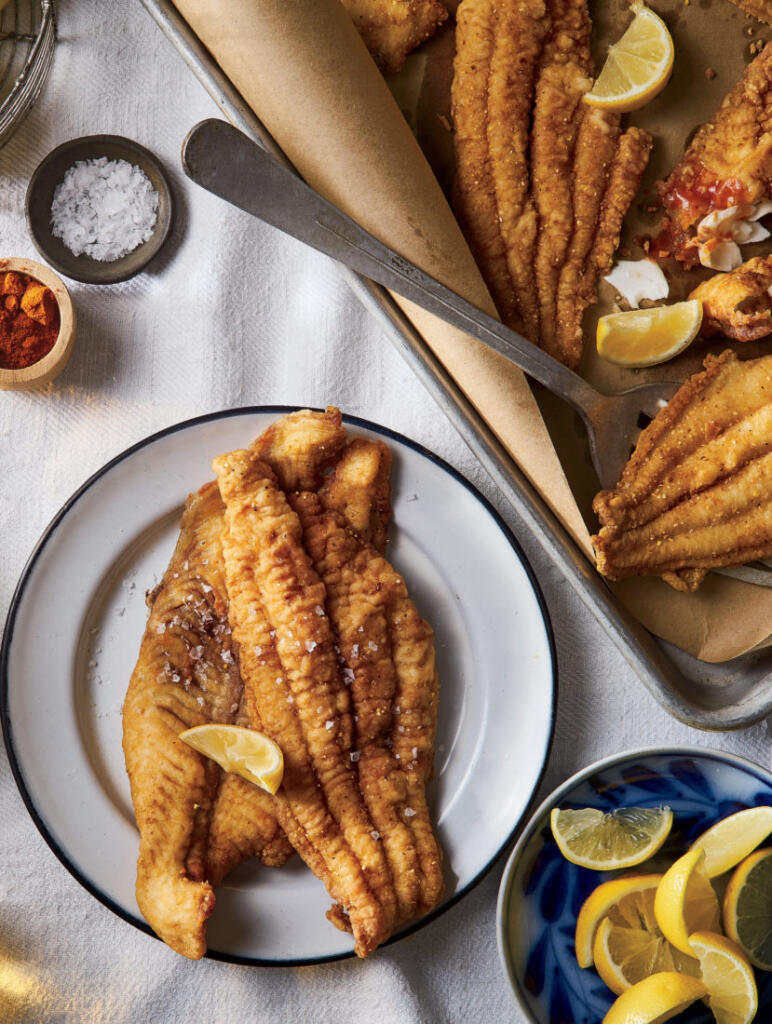
Light and dry, Pinot Grigio and Sauvignon Blanc wines are characterized by their high acidity, bright citrus aromas, and crisp minerality. These wine styles are the perfect pairings for white, lean fish such as tilapia, cod, snapper, walleye, halibut, and flounder. Because of their acidity, they are especially prized for balancing the fat in fried fish dishes, catfish, striped bass, deep-fried shrimp, fish and chips, and fish tacos. In addition, these refreshing wines taste excellent with seafood salads and most seafood, including sushi, shrimp, lobster, scallops, crab, mussels, clams, and oysters. To learn more about specific fish and wine pairings, visit VinYang.
Pinot Noir, Merlot, Syrah, Sangiovese, & Zinfandel
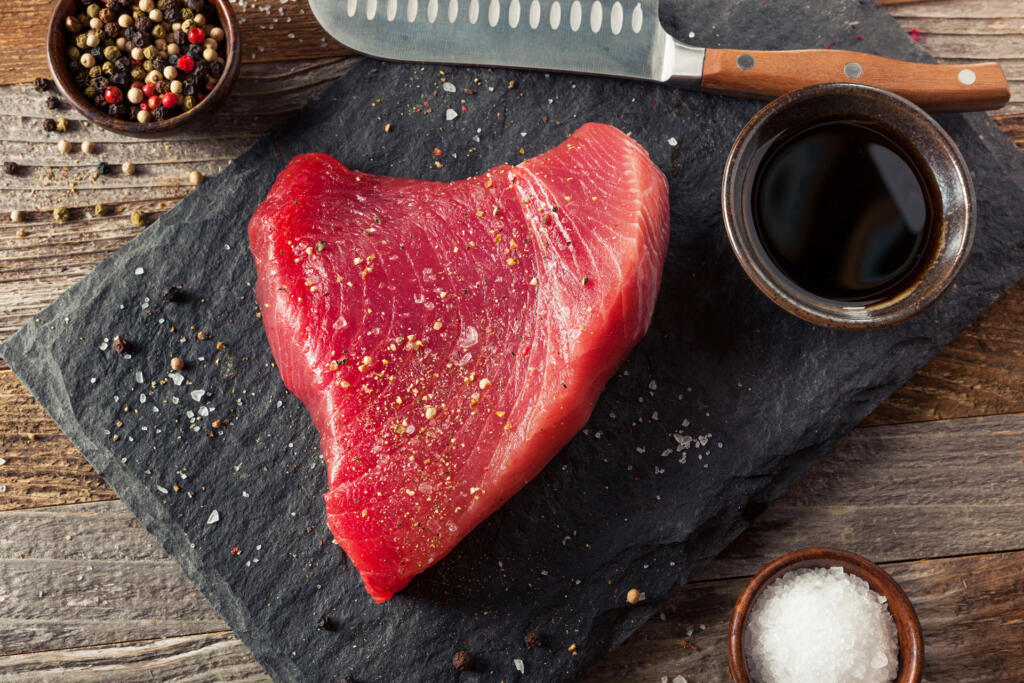
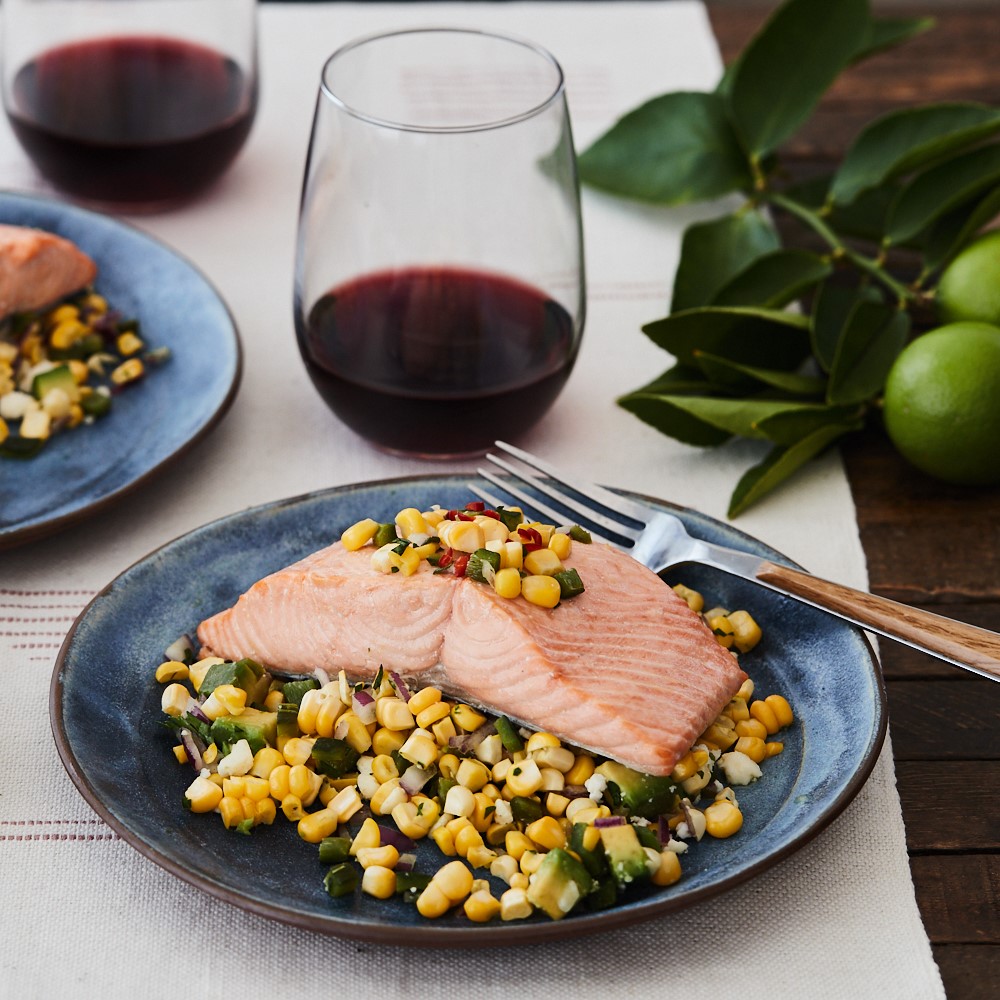
Yes, you can drink red wines with fish, contrary to popular belief. These light reds are an ideal choice if you’re serving meaty, flavorful, and fatty fish such as tuna, salmon, swordfish, monkfish, marlin, bluefish, or mackerel. Fruity and bright, they can even help tone down the fishiness you can sometimes detect with tuna and salmon. Likewise, rich, tomato-based dishes, paella, and Mediterranean-style fare can stand up remarkably well to light and medium-bodied red wines. In addition to hearty fish, these versatile reds can also complement mussels, oysters, lobster, and delicate poached white fish or salmon. For more on pairing red wine with fish, visit Decanter.
Sparkling Wines
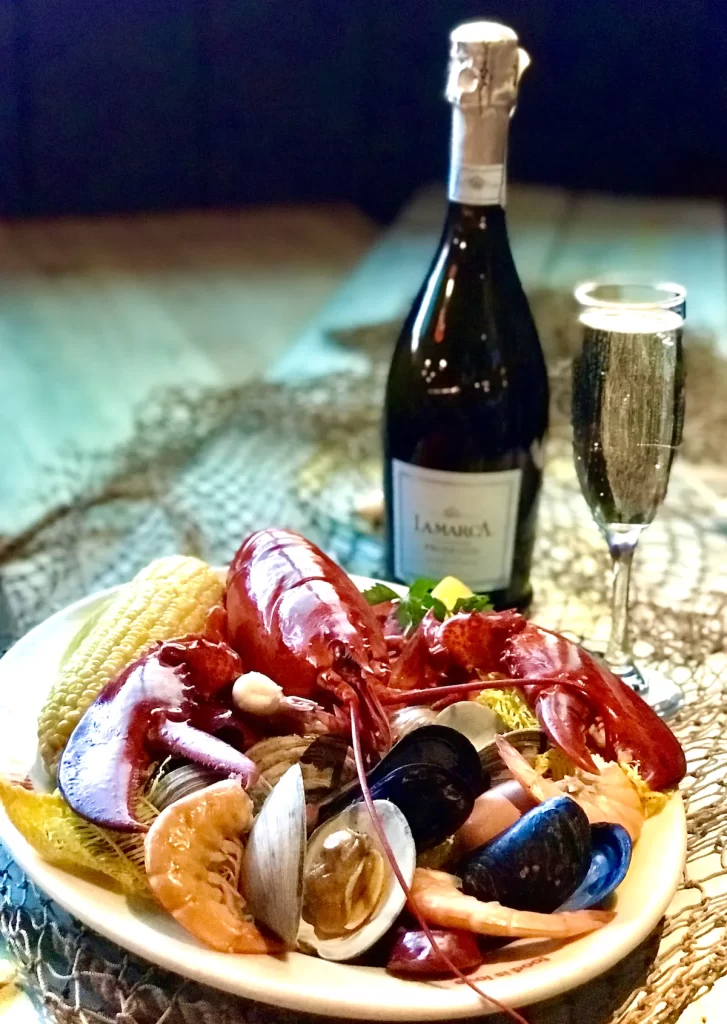

You don’t need a special occasion to break out the bubbly. Sparkling wines like Champagne, Prosecco, and Cava are perfect on their own but take on an entirely new persona when paired with sweet seafood and shellfish like shrimp, lobster, and prawns. They are also surprisingly delicious with fried foods like tempura seafood and even hearty beer-battered fish. The light and lively fizz of sparkling wines help to balance heavy fried foods and elevate the flavors. Champagne and oysters—another classic pairing—deliver a perfect balance between the crisp and satisfying nature of bubbly with the clean and fresh sea-saltiness of oysters. Pair these effervescent wines with cooked shellfish such as scallops, clams, or mussels for a beautifully balanced taste sensation.
Blush Wines & Rosés
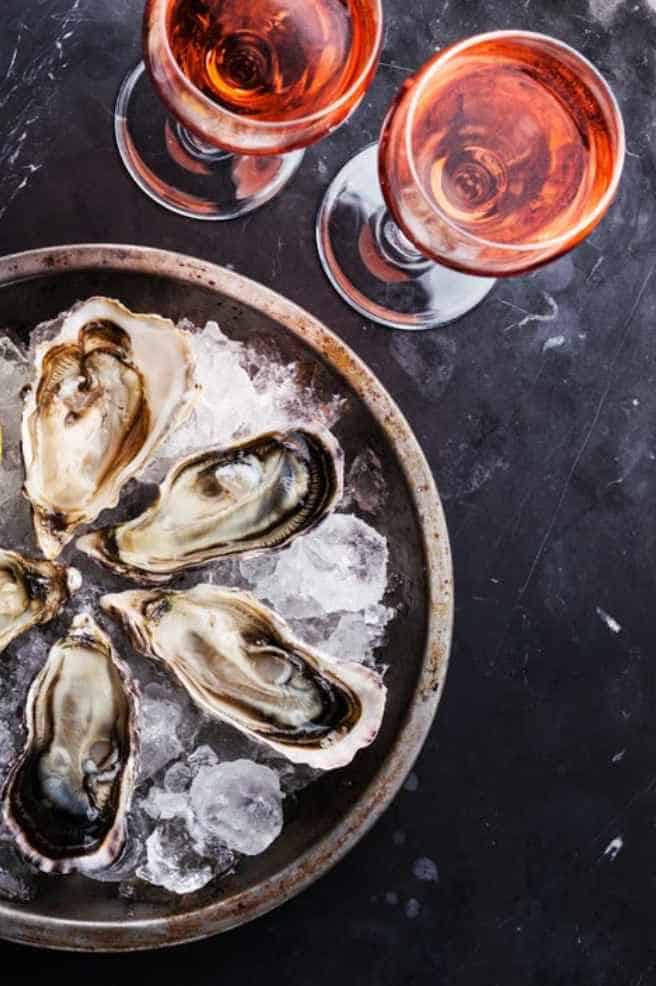
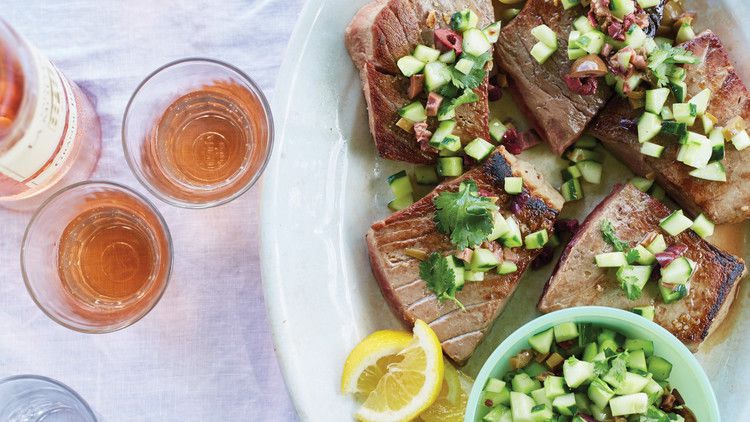
Highly versatile and universally popular, blush wines and rosés pair exceptionally well with seafood. Their floral and fruity notes, along with their palatable acidity, bring a beautiful balance to succulent shellfish as well as both subtle and rich seafood. These wines are light and refreshing, so there’s no need to worry that they will ever overpower the delectable flavors of your fresh catch. In fact, they do just the opposite, complementing almost every fish flavor, whether briny or sweet. Plus, they make a crisp substitute for more full-bodied white wines like Chardonnay. Their light blush hues bring delightful color to the table, along with the fresh taste of summer.
For a list of exceptional “No-Fail Seafood & Wine Pairings,” visit Southern Living. Cheers to your delicious culinary adventures at the lake this season—bon appétit!

